Nature knows best, as the saying goes. All great gardeners eventually learn this immutable truth, just as they learn that to grow any plant really well, you must discover everything you can about its natural habitat, from which you’ll quickly glean precious information regarding its preferred growing conditions.
Provide that same plant with those same conditions – or something close to them – in your garden or allotment, and there’s every reason that it will flourish and multiply over time to form self-sustaining plant colonies, a process known as naturalising.
Planted beneath the canopy of deciduous trees and shrubs and/or in lawns or wildflower meadows, many kinds of spring flowering bulbs are the perfect candidates for growing this way, gradually forming generous drifts so naturalistic that they look as if they happened by chance rather than artifice. Those damp woodlands filled with daffodils that you remember from your childhood? Those secret, gently tended corners of old gardens and historic parklands that come to life in late winter/early spring as intricate tapestries of bulbous plants – snowdrops, crocuses, winter aconites, hardy cyclamen, wood anemones, erythroniums, scillas, chionodoxa, snake’s head fritillaries, grape hyacinths, camassias, species tulips, alliums – push their way up through the soil? These are all examples of bulbous plants that have been allowed to naturalise, sometimes by intent, but just as often as a result of benign neglect.

This is, perhaps, the most important thing to remember when it comes to naturalising spring-flowering bulbs. Interfere with or disrupt that slow, gentle, complex process too much and you risk preventing it from ever taking place. But if you can create a similar set of growing conditions to those the plant enjoys in the wild and then allow that cyclical process of growth and reproduction to take place undisturbed, nature will naturally take care of the rest.
Word of caution
A gentle word of caution: if you’re a very tidy-minded gardener, this can be challenging. Deliberately leaving sections of a lawn uncut until early summer to allow the leaves of spring-flowering bulbs to slowly die down – a crucial part of the naturalising process that redirects the plant’s precious energy below ground, allowing it to stockpile it in its fleshy bulb – requires a change in mindset with which some struggle. Likewise, allowing flowers to slowly fade and set ripe seed in late spring, and then giving the resulting baby, self-sown seedlings the time and space to establish themselves demands a certain laissez-faire style of gardening that some might see as verging on neglectful. But trust me, your garden will thank you for it.
In the same way, it’s important to start as you mean to go on, by planting in a way that mimics nature. This means absolutely no straight lines, tidy squares or neat circles. Instead scatter the bulbs in gentle arcs and then plant them roughly where they fall, using a sharp trowel or planting knife to bury them to the required depth before backfilling with soil. If you’re planting into lawn, an alternative is to simply lift small sections of the sod (use a garden spade to slice horizontally beneath the roots and then peel back the turf) before planting the bulbs and then replacing the sod, very gently firming it down underfoot. Finish with a gentle watering to help both bulbs and the uprooted grass to establish healthy root systems.
Where the soil is very poor and lacking in nutrients and organic matter, it’s also a good idea to sprinkle some very well-rotted garden compost or manure and some organic fertiliser on to the soil and rake it in before planting. If squirrels have been a problem in the past in terms of stealing freshly planted bulbs, it’s well worth covering them with a horizontal layer of fine-gauge chicken wire before backfilling or replacing the sod.
Last but not least, and as mentioned earlier, make sure to carefully consider the preferred growing conditions of the species of spring-flowering bulbs that you’ve chosen before selecting the very best place in your garden to plant them. Many thrive in a damp but free-draining lawn or meadow in full sun or light shade but some prefer a drier, hotter position where their bulbs will gently bake in summer while others demand a cool, shady woodland position and a crumbly soil rich in leaf mould. With that in mind, here’s a little shortlist of 10 of the best.
Ten of the best
Eranthis hyemalis (winter aconite): One of the earliest to flower, producing its low, buttercup-yellow, cup-shaped blooms from February. Likes a damp, humus-rich fertile soil that doesn't ever completely dry out, beneath the summer shade of deciduous shrubs and trees.
Galanthus "S Arnott" (snowdrop): A tall, large-flowered scented variety prized for its vigour and garden worthiness. Increases vegetatively rather than by seed. Likes a cool, moist spring soil followed by shade and drier growing conditions in summer.

Crocus tomassanianus: Short, purple goblet-shaped flowers appear in February-March. Likes a well-drained soil and full sun or light shade.
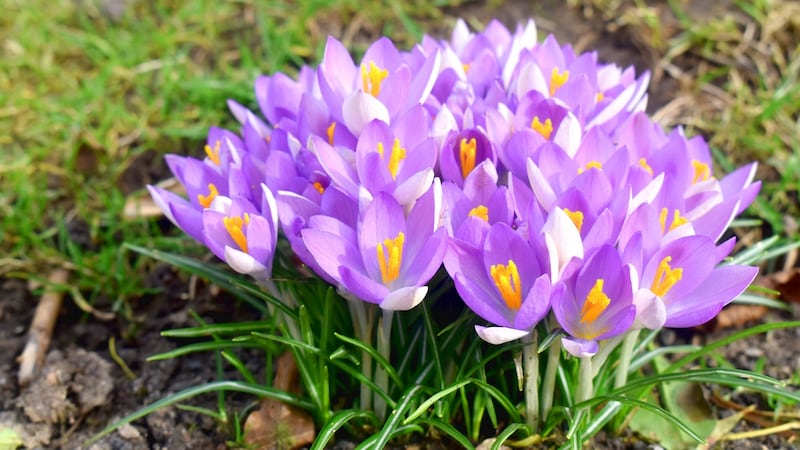
Cyclamen coum: Dainty red, pink or white flowers appear above low carpets of heart-shaped, often mottled foliage in late January-March. Likes a humus- rich, well-drained soil and summer shade.
Camassia leichtlinii: Tall, blue, starry flower spikes in April-May. Loves a moisture-retentive spring soil in full sun or light shade, followed by drier growing conditions in summer.
Erythronium dens-canis: An elegant little woodlander with pretty reflexed flowers and mottled foliage. Likes dappled shade and a cool, humus-rich, well-drained soil in spring followed by a drier "resting" period in summer.
Allium (Nectaroscordum) siculum: A tall, late-spring flowering allium with elegant clusters of pale-green and rose-pink bell-shaped flowers. Likes a moist but free-draining soil in full sun or shade in spring, followed by shadier summer conditions.
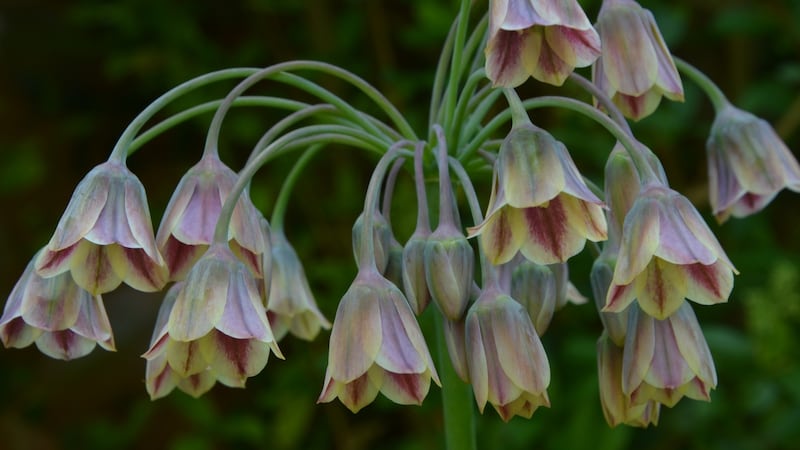
Tulipa sprengeri: A graceful species-tulip with goblet-shaped red flowers that appear in May, this likes a dampish but free-draining soil and a position in partial shade.
Narcissus poeticus var. recurvus: A gardening classic famed for its ability to naturalise generously in grass, with fragrant, pale, amber-eyed flowers on tall, slender stems that appear from March-May. Likes a moist but free-draining soil in full sun or partial shade.
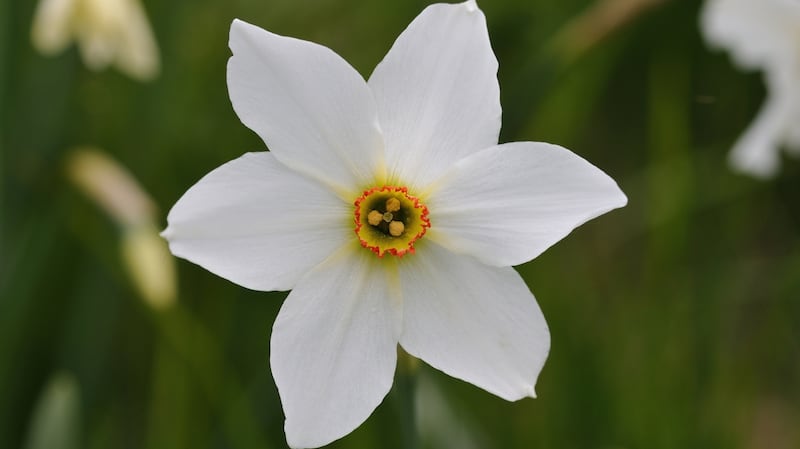
Anemone blanda: Carpets of vividly colourful, daisy-like flowers appear above low clumps of foliage in April-March. Likes a well-drained, humus-rich soil and a spot in the summer shade cast by deciduous shrubs and trees.
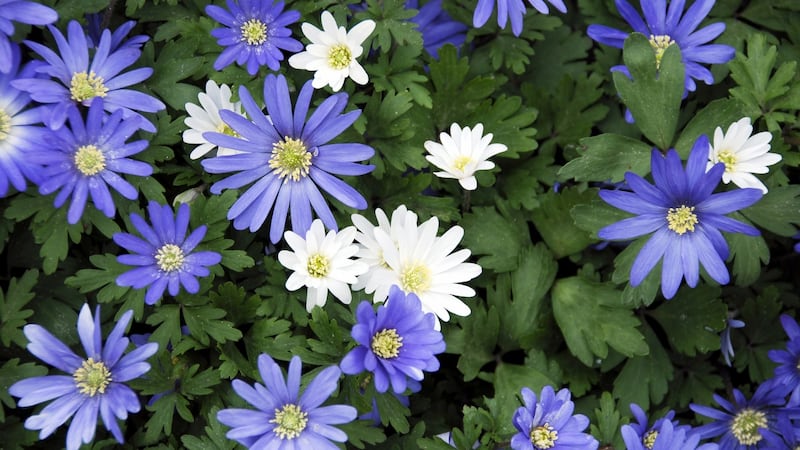
THIS WEEK IN THE GARDEN
If your garden or allotment is in a colder part of the country where the first harsh frosts can often strike in late September, then it’s time to start preparing to move tender plants such as bedding fuchsias, pelargoniums, argyranthemums, aeoniums, plectranthus and brugmansia under cover of a glasshouse, polytunnel or sunny porch. Bear in mind that winter wet kills far more plants in this country than winter cold, so also reduce watering of these tender specimens to an absolute minimum.
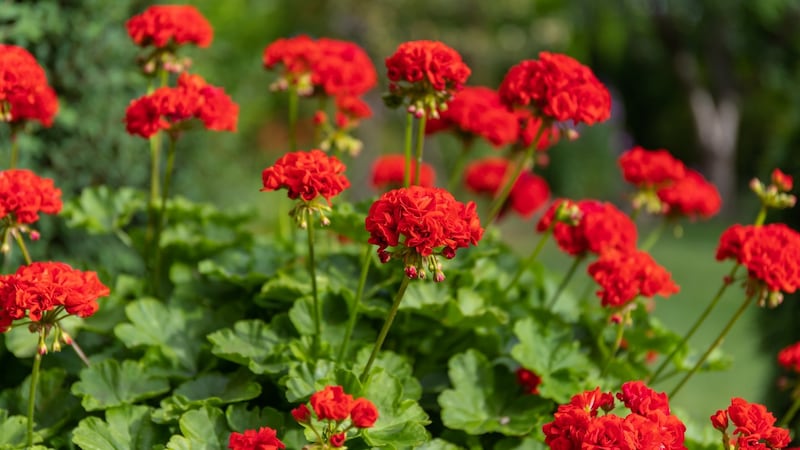
September is a good time to plant or transplant evergreen shrubs and conifers. Make sure to prepare the planting hole well and if you’re transplanting a young plant from one part of the garden to another, then use a spade to carefully dig around the root ball, making sure to keep it as large and intact as possible and doing your best to preserve any finer fibrous roots that the plant will need to successfully re-establish. Use an old sheet or blanket to wrap securely around the root-ball before gently moving it to its new position. Water well after planting and in cold or exposed spots, protect the foliage with a temporary screen of windbreak netting until next spring.
DATES FOR YOUR DIARY
Sunday. September 19th, (12-5pm): Patthana Gardens, Kiltegan, Co Wicklow, Full Bloom Garden, a celebration of the beauty of this exceptional Wicklow garden with a talk by owner TJ Maher on the best plants for September interest, facebook.com/patthanagardenkiltegan for details;
September 18th-September 26th: Mount Venus Nursery autumn sale with 20 per cent off all plants plus extra discounts on some plants, Mount Venus Nursery, The Walled Garden Tibradden, Mutton Lane, Dublin 16, mountvenusnursery.com













